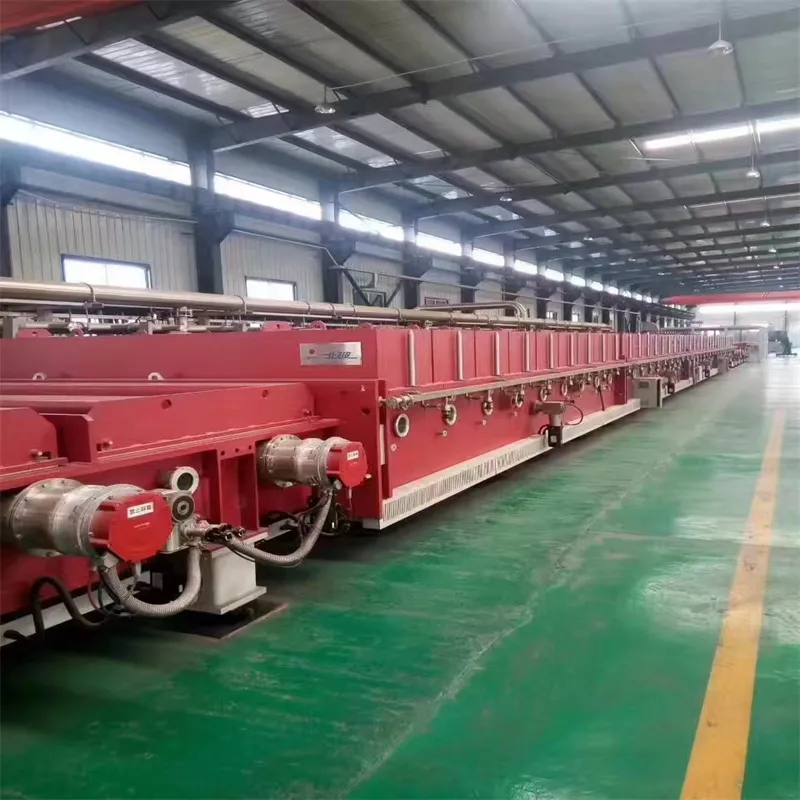Nov . 27, 2024 21:11 Back to list
Techniques and Applications of Acid Etching in Modern Manufacturing Processes
Understanding Acid Etching A Dive into the Technique
Acid etching is a fascinating and intricate process that has been employed in a variety of fields, such as art, manufacturing, and electronics. This technique uses acidic substances to engrave or mark surfaces, providing a depth of detail and precision that is often unmatched by traditional methods. This article explores acid etching, its applications, and the key elements that make it a unique and valuable process.
What is Acid Etching?
Acid etching involves the use of acidic solutions to remove material from a substrate, usually metal or glass, to create designs, patterns, or even to prepare surfaces for further processing. The process begins with the application of a protective layer known as a resist. This layer is resistant to the acid and protects certain areas of the material while leaving others exposed. Once the resist is applied, the substrate is immersed in or coated with an acidic solution, which then etches the exposed areas, creating a textured or engraved effect.
Historical Background
The roots of acid etching can be traced back to the 15th century, primarily in Europe, where artisans began to experiment with different techniques to create designs on metalwork. Over the years, this art form gained popularity among artists and craftsmen, particularly in producing intricate illustrations on copper and zinc plates used for printmaking. The technique found its place alongside traditional engraving methods, offering a quicker and arguably more versatile alternative.
Applications of Acid Etching
Today, acid etching is not limited to art. It plays a crucial role in multiple industries
1. Manufacturing and Metalworking In industrial settings, acid etching is commonly used for creating detailed patterns on materials such as stainless steel, titanium, and copper. This etching is essential for parts that require precise measurements and designs, such as in electronics and aerospace components.
2. Electronics The electronics industry employs acid etching for circuit board production. During the manufacturing of printed circuit boards (PCBs), unwanted copper is removed using acid, leaving behind the necessary pathways for electrical connections.
acid etched

3. Art and Design Artists and graphic designers utilize acid etching to create unique artworks, prints, and customized designs. The ability to manipulate depth and texture allows for stunning visual effect that can elevate the art form.
4. Glass Etching Acid etching is also popular in glasswork. By applying a resist and using hydrofluoric acid, artisans can create frosted finishes and intricate designs on glass surfaces. This technique adds aesthetic value and serves functional purposes, such as providing privacy in architectural applications.
Safety and Environment
While acid etching can yield beautiful and durable results, it is essential to recognize the safety hazards associated with handling corrosive acids. Proper safety protocols must always be followed to protect individuals from potential burns or inhalation of fumes. This includes wearing personal protective equipment (PPE) such as gloves, goggles, and respiratory protection.
Environmental considerations are also significant. Effluents from the etching process can be harmful if not adequately treated. Therefore, many industries are now focusing on developing eco-friendly etching materials and methods to minimize the environmental impact.
The Future of Acid Etching
As technology advances, so does the field of acid etching. Innovations such as laser etching and other digital approaches are gaining traction, offering alternatives that can complement or even replace traditional acid etching techniques. However, the unique qualities of acid etching—its ability to create textures and effects on surfaces—ensure that it will remain relevant in various artistic and industrial applications for years to come.
Conclusion
Acid etching is a remarkable technique that bridges the gap between art and technology, showcasing the beauty and precision that can be achieved through chemical processes. Its applications are vast and varied, making it a valuable tool in numerous fields. Whether for artistic expression or for practical industrial use, understanding acid etching reveals a world of possibilities, deeply rooted in tradition yet evolving with the times. As we continue to innovate, the legacy of acid etching will undoubtedly persist, captivating new generations of artists, engineers, and craftsmen alike.
-
Safety and Style with Premium Laminated Glass Solutions
NewsJun.24,2025
-
Reinvents Security with Premium Wired Glass
NewsJun.24,2025
-
Premium Float Glass Line for Modern Architecture
NewsJun.24,2025
-
Low Emissivity Glass for Energy-Efficient Architecture
NewsJun.24,2025
-
High-Performance Insulated Glass Solutions for Modern Architecture
NewsJun.24,2025
-
Elevates Interior Style with Premium Silver Mirror
NewsJun.24,2025
Related PRODUCTS














